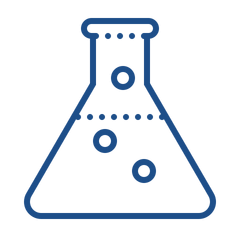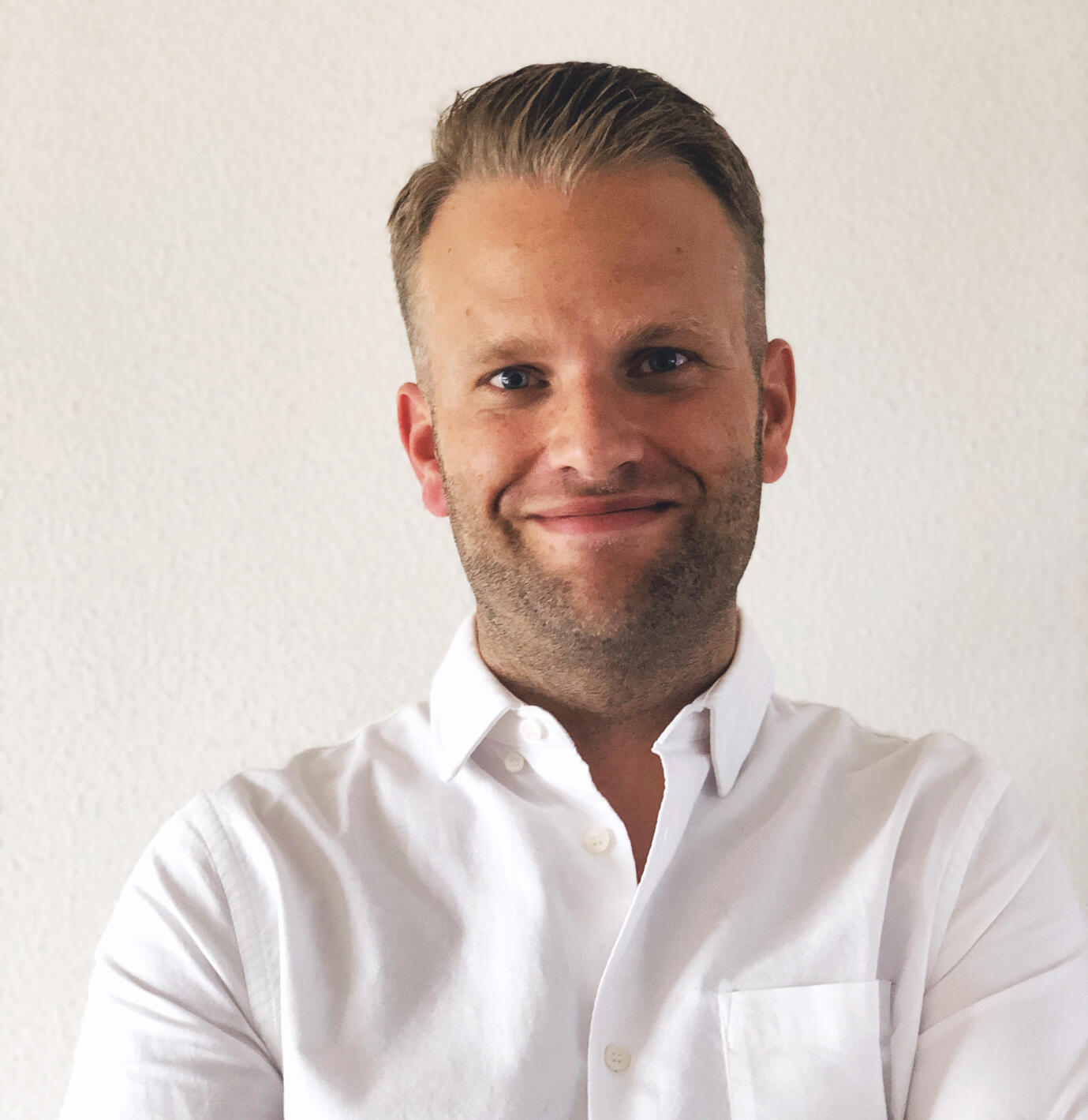
The MVP Experiment Canvas
A structured framework for turning your big idea into a Minimum Viable Product you can test and validate with potential customers.
used by 10.000+ people and organizations like:
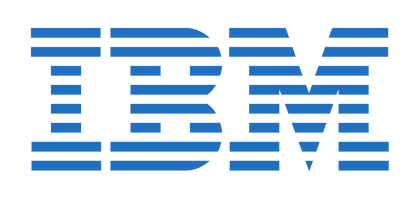

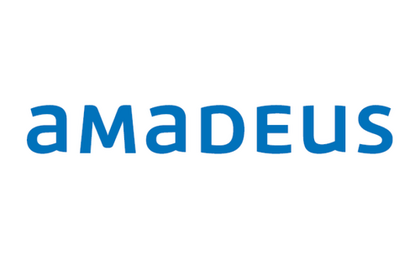





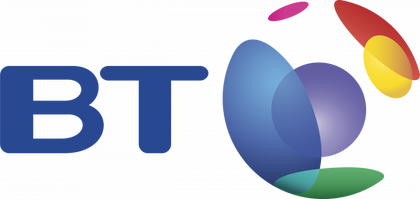
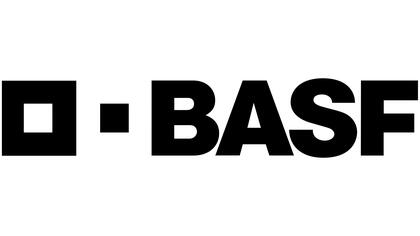

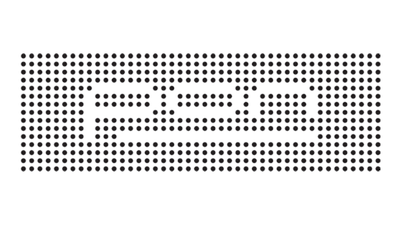

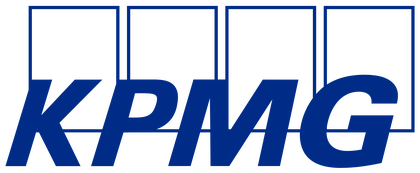
Quick guide
The MVP Experiment Canvas is a practical framework that offers you a structured approach for designing and launching Minimum Viable Products to validate your business ideas. Watch the video or learn about the elements of the canvas by scrolling down. If you want to dive deeper you can read the extensive how-to guide.

1. Your Customer Segment
Who's problem are you solving?
Who are you providing value for?Pick a segment from the larger group you're targeting with your big idea and think about who will experience the most value from your MVP (But also, can you learn from them?)
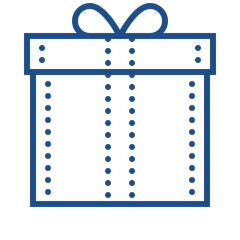
2. Value Proposition
What are you offering them?My company, (insert name),
is developing (a defined offering)
to help (a defined audience)
(solve a problem)
with (secret sauce/differentiation).(Format by Adeo Ressi)
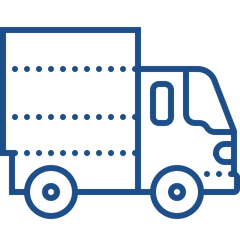
3. Channel(s)
How are you going to reach your Customer Segment and "deliver" them your Value Proposition?The channel that works best depends on the segment you chose. Pick one that does not cost too much time or money to get you results.

4. Customer Engagement
How are you going to engage with the people who use your MVP?Once you have delivered your value proposition it's time to learn from their experience, gather feedback and establish a relationship to help you in the validation of your idea.
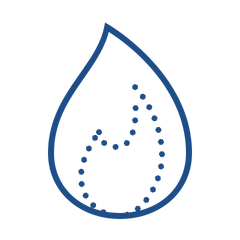
5. Riskiest Assumption(s)
What do you want to test with your MVP? Which assumptions, if invalidated, will kill your idea?To minimize risk and costs, you have to find out if these assumptions are true, as soon as possible.Use my Ranking Tool to write down and rank your assumptions.
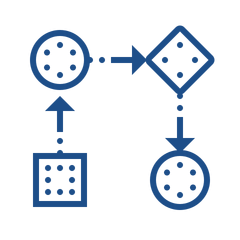
7. Scenario / Workflow
How will your experiment work? What are the steps your customer and you have to take? Describe them from beginning to end.Most MVP flows are not sustainable or scalable for the long run, but that's ok!Example: this is the workflow of Uber's early MVP.
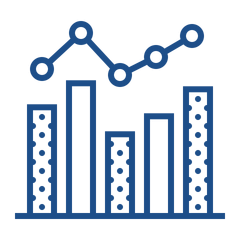
8. Metrics
Decide what metrics you will measure. They have to be Specific, Understandable, Comparative and
Actionable (think Visits, Clicks, Conversions, Views, # of interviews etc.)Measuring more than one can help you find surprising evidence about your riskiest assumption(s).

9. Success Criteria
You can measure more than one metric but only select one metric that defines your experiment's success. How will you qualify and/or quantify a successful outcome?"true MVP success is in (a) uncovering long-term product potential and (b) being able to develop a roadmap to unlock that potential." - Yuval Ariav
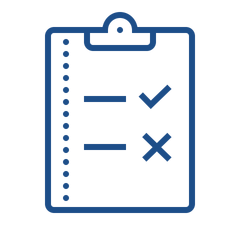
10. Results
When your experiment has ended it is time to gather its qualitative and/or quantitative results.
- How many customers did you test with?
- Describe what happened?
- What data did you collect? (Refer back to your metrics)
- What user feedback did you receive?

11. Learnings & Insights
With the results gathered it's time to analyze them:
- What are your key learnings?
- What are your key surprises? (did anything happen you did not expect?)
- Did you get enough results?
- What do they tell you about your Riskiest Assumption(s)?

12. Next steps
What do the results tell you to do next?
↪️ Pivot: Going in a fundamentally new direction? Learn more.
✅ Pursue: Are you more certain about the desirability of your idea?
❌ Stop: Is there no long-term product or business potential? Write down your personal learnings and move on to the next idea.
Download the MVP experiment canvas
You can download and use the MVP Experiment Canvas for FREE and start validating your business idea with a Minimum Viable Product today.Click the orange button below to request a link to download the canvas in different file formats (PNG, PDF, Notion, Miro, Google Sheets, Excel, and Numbers).
By joining this course you agree to receive newsletter and update emails from Bram Kanstein. Unsubscribe at any time.
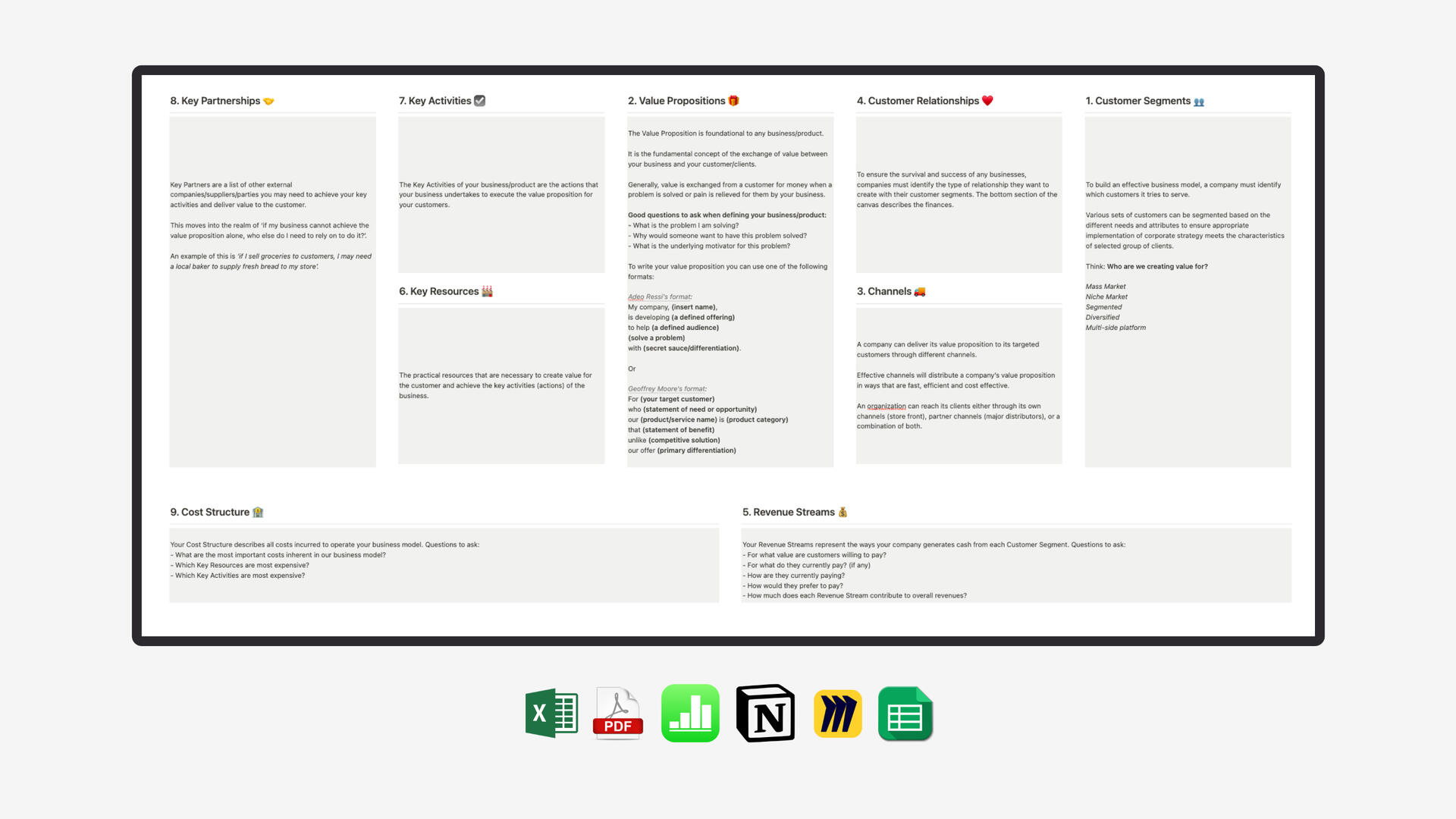
Hi! 👋 I'm Bram Kanstein. Building useful things for people in the early stages of their ideas is what I love to do.
It all started with Startup Stash, a curated directory of 400 resources and tools for startups that to date has helped 1.000.000+ entrepreneurs from around the world.In the past few years, I've seen over 2000 startups launch and worked with dozens of entrepreneurs, startups, and corporate innovation teams on the development, launch, and growth of new initiatives. Unfortunately, many of them struggled to turn their big idea into a Minimum Viable Product they could test and validate with real potential customers.I created the MVP Experiment Canvas to help anyone do this in a structured and practical way. Please let me know how you've used it and if you found it helpful!
©2024 - The MVP Experiment Canvas
